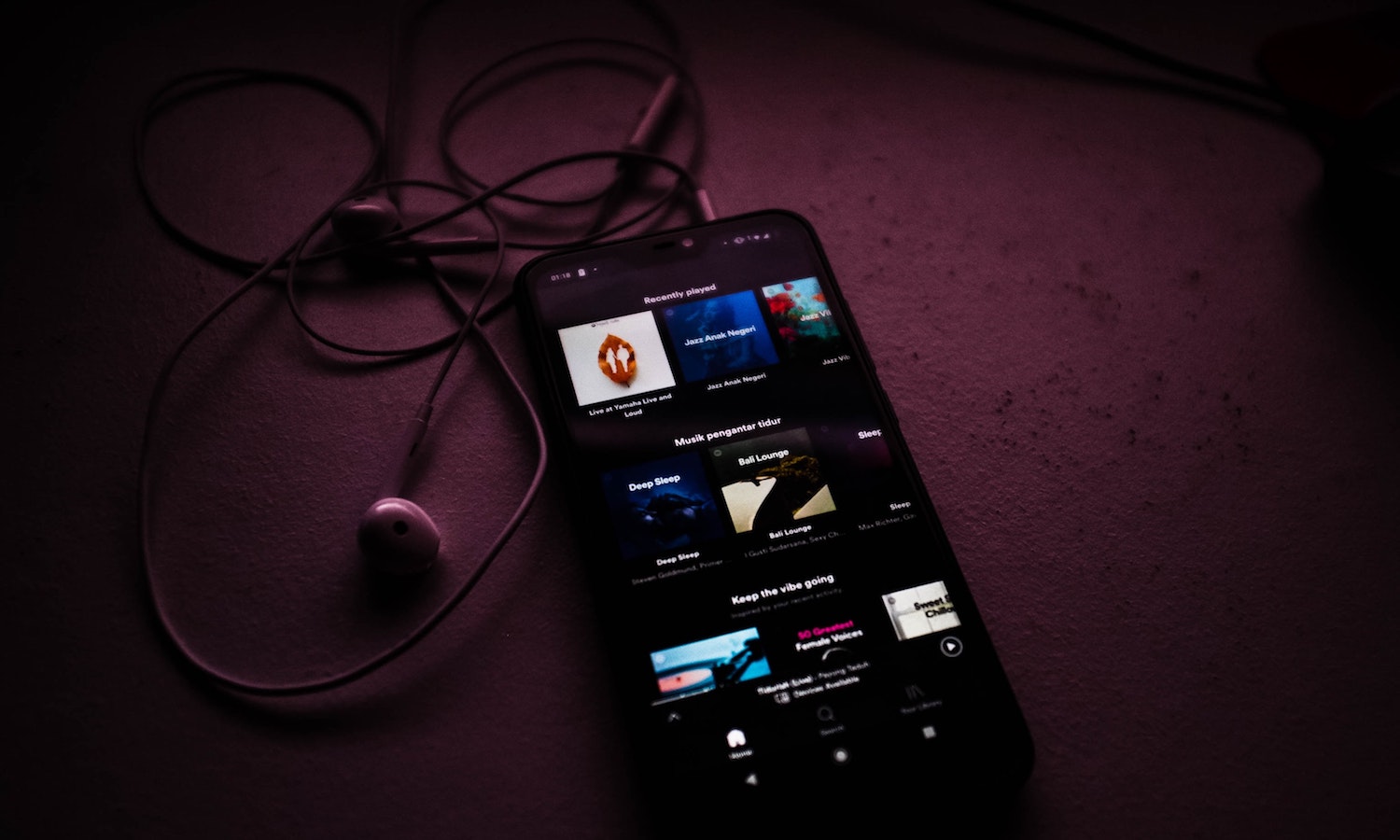Spotify launches Promo Cards to introduce artists and podcasters

Spotify’s latest feature for the creative community is Promo Cards.
They introduce artists and podcasters to each other, and are visually catchy enough to spotlight their latest single, album or podcast on platforms like Twitter and Instagram.
The cards come in a landscape, square or vertical format, and at launch, they are available in English, Spanish, Portuguese and German.
Creating the cards involves starting at the Spotify for Artists or Spotify for Podcasters websites and following the on-screen instructions to either share a link or direct share.
Those who get their content featured in one or more of Spotify’s top 33 music or podcast playlists – including Hot Hits Australia – can make cards to celebrate this achievement.
“In this era of streaming music and social media, artists have more ways to connect with fans than ever before,” Spotify said in a blog post announcing the new feature.
“But more platforms for promotion can mean more work for the modern artist. You’re not just a singer, rapper, producer, or band anymore — you’re a DIY brand.
“You’re more than a musician, you’re also a marketer, creative director, curator, and even an amateur graphic designer.”
SIX NEW SPOTIFY PATENTS

What else could we expect from Spotify in the future?
This year alone, the company has been granted or applied for a number of patents. This does not, however, necessarily mean these would all hit the market.
1. Spotify was granted a patent for personality tracking technology – “openness, conscientiousness, extraversion, agreeableness, and neuroticism” – which combined with the user’s history of music listening, could provide a greater customised experience than ever before.
2. A TikTok-type short form system which “enables a user to associate a song, music, or other media content associated with an audio clip of a song metadata of the media content, with a video they are about to create or have created, to create a video moment”.
3. A karaoke-like feature that allows users to “overlay a music track with their own vocals”.
4. A voice assistant for a “media playback device” that can read a user’s emotions. The assistant would be sympathetic if they sounded sad but would stop selecting music that would worsen their mood and offer something upbeat.
5. Fingerprint clustering to detect content-based audio recognition “producing a more accurate final decision about whether the first audio content information shares audio content with the second audio content information”.
6. A move into 3DAudio described in its filing as “a media playback system that plays back media content in such a way that the media content sounds like it is coming from a direction of an identified source”, like a concert or coffee shop and could be successfully used for promotion.






























